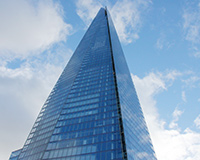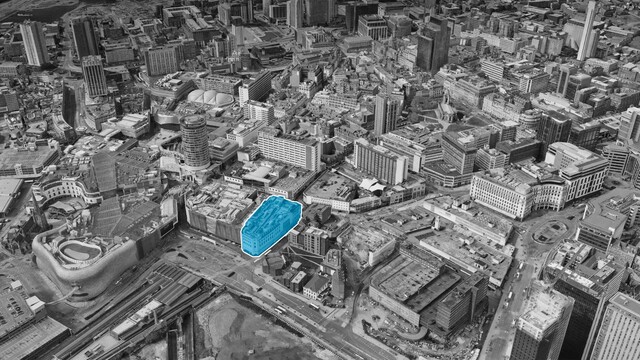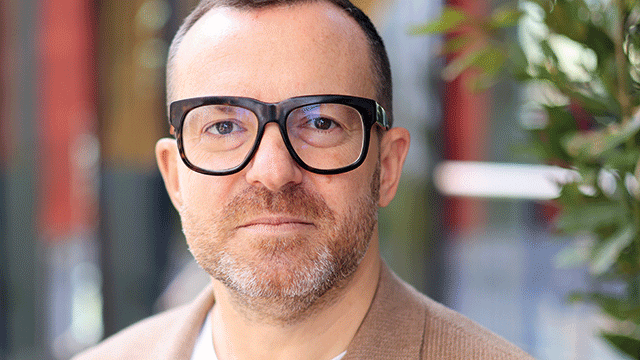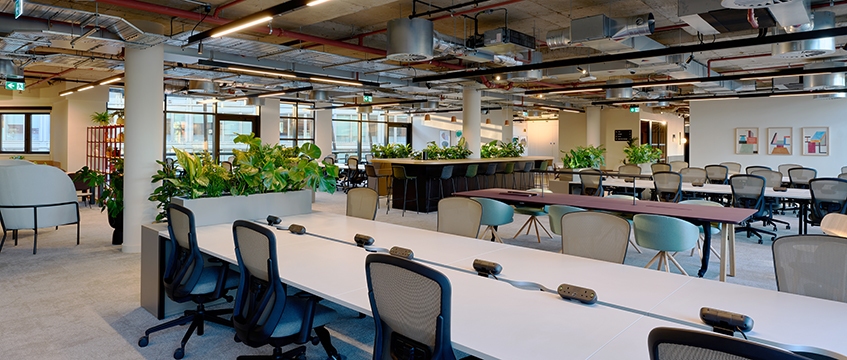Shard celebrates its ultimate high point
Almost five years on from its inauguration, the Shard, SE1, has been virtually fully let.
The tallest building in Western Europe, conceived on the back of a menu in a Berlin restaurant by architect Renzo Piano in 2000, is now home to 29 companies across sectors including energy, retail, education, finance, technology, healthcare and professional services.
Full occupation of the 920,000 sq ft “vertical city” was effectively achieved this month when fashion retailer Matchesfashion.com expanded its headquarters by 40%, taking an additional 13,153 sq ft and bringing its total space in the tower to 48,000 sq ft. Around 2% of the office space remains available for existing occupiers to expand.
Almost five years on from its inauguration, the Shard, SE1, has been virtually fully let.
The tallest building in Western Europe, conceived on the back of a menu in a Berlin restaurant by architect Renzo Piano in 2000, is now home to 29 companies across sectors including energy, retail, education, finance, technology, healthcare and professional services.
Full occupation of the 920,000 sq ft “vertical city” was effectively achieved this month when fashion retailer Matchesfashion.com expanded its headquarters by 40%, taking an additional 13,153 sq ft and bringing its total space in the tower to 48,000 sq ft. Around 2% of the office space remains available for existing occupiers to expand.
Matchesfashion.com, which has signed a 10-year lease on the new space, is the fourth tenant to increase its presence in the building. The letting follows Kraft Heinz Company’s decision last month to take 38,000 sq ft on levels 20 and 21.
[caption id="attachment_871210" align="alignleft" width="185"] Click here for the anatomy and occupiers of the Shard[/caption]
The skyscraper, which is owned 5% by Sellar Property Group and 95% by the state of Qatar, has transformed the wider London Bridge district, attracting a diverse range of businesses south of the river. In 2015 it achieved a record rent of more than £90 per sq ft after attracting a host of companies from the West End, including fintech company Leonteq.
Shard developer Irvine Sellar, co-owner and vice-chairman of REM, which manages the building, says he always intended the building to be multi-use.
“If I had the opportunity of a major law firm taking half the space I wouldn’t do it,” he says. “Why? Because I want the variety of tenants and the mix of tenants because it’s more exciting.”
Olly Olsen, co-founder of flexible office space provider the Office Group, which occupies two floors in the tower, says the business wanted to take on the Shard as a “challenge” to the usual “relaxed quirky tech space” it typically occupies.
“We’ve got a lot of mix – tech, lawyers – but also we have opened it up to our lounge membership, so all members of the Office Group in the capital can go and visit and work in the Shard, which has proven to be very popular,” he says.
The skyscraper has revived the London Bridge area, which attracts companies wanting to be close to the City but avoid “brand City” and benefit from the expansion of London Bridge station and proximity to Borough Market.
“We have shifted the whole of the attitude to London Bridge and the broader South Bank. We have changed this town,” says Sellar, adding that he is always open to opportunities for further development on the estate.
“The one weakness is that there is not enough retail and I haven’t found an answer yet, but everything else is here.”
The story continues
Sellar is currently building the third phase of the “Renzo Piano trilogy”, a 26-storey residential building comprising 180,000 sq ft of one- to four-bedroom homes.
Shard Place is the latest phase of the Sellar Property-led 2m sq ft London Bridge Quarter regeneration project.
It follows the News Building, formerly known as the “Baby Shard”, a 600,000 sq ft office building occupied by Rupert Murdoch’s News UK, which opened in 2014.
Timeline of the Shard
1999
After a government white paper encourages the development of tall buildings at major transport hubs, Irvine Sellar decides to redevelop Southwark Towers. The 1970s office complex, which he had bought a year earlier as an investment, was occupied by PwC on an old-fashioned 90-year lease.
2000
Sellar has lunch with architect Renzo Piano in Berlin and asks him to create a “vertical city” on the site. The architect “picked up the beauty of the river and the energy of the rail lines and he sketched on the back of the menu in 20 seconds what you see today”, Sellar recalls.
2003
A heated planning inquiry into the impact of the building on heritage sites rules in favour of the proposed building. Deputy prime minister John Prescott announces he is satisfied with the architectural quality of the building and construction can go ahead.
2008
Sellar swerves the threat of the financial crash by securing backing from a consortium of four Qatari banks – Qatar National Bank, Q-Invest, Barwa International and Qatar Islamic Bank – to fund the tower.
2012
The 66-metre spire is winched into place, bringing the tower to its full height and overtaking the Commerzbank Tower in Frankfurt to become the tallest tower in Western Europe. The building is opened by the prime minister of Qatar, Hamad bin Jassim bin Jaber Al Thani.
2013
The viewing platform is officially opened and attracts 1m people in its first year. The Shard’s restaurants and bars – Hutong, Oblix and Aqua Shard – open over the summer, at the same time as the first office tenant, Duff & Phelps, moves into the building.
2014
More office tenants arrive, including Mathys & Squire, Foresight, South Hook Gas, Al Jazeera and Warwick Business School. The Shangri-La Hotel opens in May.
2017
Matchesfashion.com expands its take-up by 40%, taking the building to practical full occupancy. It follows the decision by US food giant Kraft Heinz to relocate its European and UK headquarters to the Shard.
• To send feedback, email louisa.clarence-smith@estatesgazette.com or tweet @LouisaClarence or @estatesgazette











